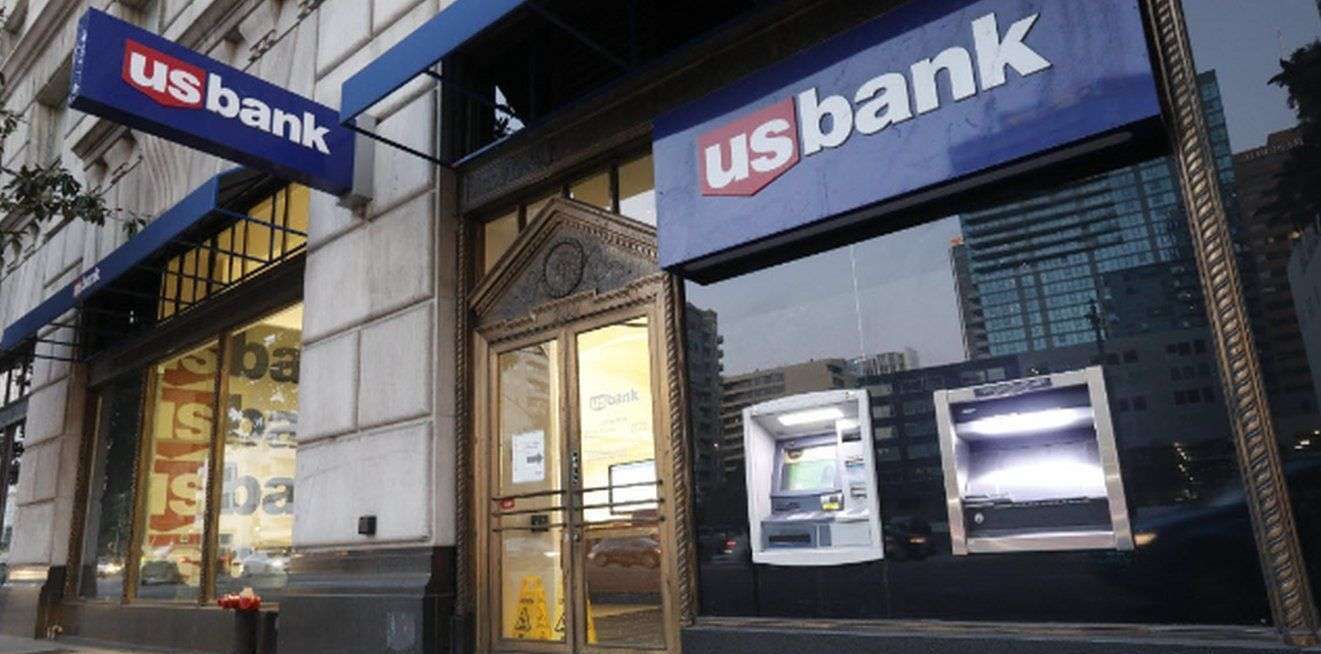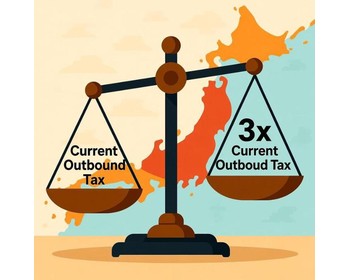In 2023, Silicon Valley Bank, Signature Bank, Silver Gate Bank, First total and Bank have exploded and been closed and taken over, causing turmoil in the banking industry across the United States. Entering 2024, New York Community Bank began to show signs of thunder, and its stock price fell more than 25%, hitting its lowest closing price since 1997. As a number of banks have exploded, indicating that the banking crisis sweeping the United States is not only not over, but also signs of intensification.
When will America's banking crisis End?
The first to suffer from this crisis will be small and medium-sized banks. Shares of other regional banks in the United States also continued to fall after the explosion at Community Bank in New York, with shares of Silicon Valley National Bank and Columbia Banking Systems both down more than 2 percent in March. Meanwhile, the KBW Regional Bank Index is down about 12% this year. According to the analysis, the prevalence of home office after the epidemic, the vacancy rate of office buildings in the United States continued to increase, and the expected return rate of commercial real estate represented by office buildings declined sharply, and commercial real estate loans therefore became a giant mine in the United States banking industry.
In addition, the US banking crisis has many of its own unsound causes. The first is the regulatory dilemma caused by the excessive fragmentation of US banks. The United States is a big financial country with a large number of banks, but each bank is fighting for itself and it is difficult to form a unified action, which is one of the main reasons why it is difficult to rescue the bank crisis in the United States. The second is the continued risk caused by the Federal Reserve's continued interest rate hikes. In the early period, the Federal Reserve maintained low interest rates for a long time. During the period of low interest rates, many American banks purchased a large amount of bond portfolios in order to pursue higher yields. As the Fed raises rates, the value of these bonds has been slashed, and problems with liquidity and the mismatch between short - and long-term interest rates have surfaced. Finally, banking problems have become almost universal. Since there is more than one bank with problems, this is more or less common in almost every bank, and it is easy to have a chain reaction.
Understanding the causes of the banking crisis shows that it is difficult to solve the crisis in a short time. For now, the most immediate risk is real estate. Now, many banks have set aside huge amounts of capital to cover expected losses on loans to commercial office owners. Since the coronavirus pandemic, prices for these offices have plummeted as more people start working remotely. The problem is most acute for community banks in New York. The bank last week accepted a $1 billion bailout package from former U.S. Treasury Secretary Steven Mnuchin and others to stay afloat.
Judging by the frequency of Bank of America mines, this may not be an exception. In recent years, under the influence of the Federal Reserve's continued interest rate hike, the bonds held by many US banks have been depreciating, and the impact of successive bank failures is also continuing to ferment, and more banks will close in the future. Although the US government has taken some measures to stabilize the sentiment of depositors, it still cannot fundamentally solve the fundamental problems and spillover effects of the events in the US banking industry. What is even more puzzling is that in order to save its own economy, the United States wants to print money and raise interest rates to let dollars return to the United States, hoping that there will be a shortage of dollars in the world to harvest the world.
From the current status quo, the United States government agencies can be counted as a failure, did not expect is to lift a stone to hit their own feet, some series of backbiting has appeared. Therefore, the banking crisis in the United States is not a simple single bank problem, if there is no comprehensive package of solutions, it may be difficult to achieve a thorough solution, but it is to press the gourd and the gourd, resulting in investors still lack of confidence in the United States banking industry.





























